As a creative professional, I’ve seen projects soar to incredible heights and others that have struggled to get off the ground. More often than not, the difference between success and failure is determined long before a single pixel is pushed or a word is written. It’s decided in the very first step: the creative brief.
There’s a saying in the industry that I hold as an undeniable truth:
“A bad brief guarantees a bad result.”
A vague or incomplete brief is a roadmap to nowhere. It leads to frustration, endless revisions, missed deadlines, and a final product that doesn’t meet the client’s real needs. On the other hand, a well-crafted brief is a beacon. It aligns vision, clarifies purpose, and empowers creatives to do their best work. It’s the foundation upon which great projects are built.
So, how do we build that solid foundation? It all starts by asking the right questions.
1. The Objective: Why Are We Doing This?
Before we can decide what to create, we must understand why. The objective is the strategic heart of the project. Without a clear goal, we’re just making something that looks nice but accomplishes nothing.
Key questions to answer:
-
- What is the primary goal of this project? (e.g., increase sales by 15%, generate 500 new leads, improve brand perception, announce a new product).
-
- What problem are we solving for the business or the customer?
-
- What does success look like? How will we measure it?
-
- What is the single most important action you want someone to take after seeing this? (e.g., click a button, fill out a form, visit a store).
2. The Audience: Who Is This For?
We aren’t creating in a vacuum. Every piece of content, every design, and every video is for someone. Understanding that “someone” is non-negotiable. Trying to appeal to everyone means you’ll end up appealing to no one.
Key questions to answer:
-
- Who is our primary target audience? Be specific. Think about demographics (age, location, gender) and psychographics (values, interests, pain points).
-
- What do they currently think or feel about our brand or product?
-
- What keeps them up at night? What are their biggest challenges related to what we offer?
-
- Where do they consume media? (e.g., Instagram, LinkedIn, blogs, podcasts).
3. The Message & Tone: What Should We Say and How Should We Say It?
Once we know our “why” and our “who,” we can define the “what” and “how.” This is where we shape the narrative and the personality of our project. The message is the substance, and the tone is the style that delivers it effectively.
Key questions to answer:
-
- What is the single most important message we need to communicate? If the audience only remembers one thing, what should it be?
-
- What are the key supporting points or benefits we need to include?
-
- What is the desired tone of voice? (e.g., professional and authoritative, friendly and casual, inspirational and energetic, empathetic and serious).
-
- Are there any mandatory elements? (e.g., a logo, a specific tagline, a legal disclaimer).
-
- What should we absolutely avoid? (e.g., specific words, clichés, competitor comparisons).
Your Blueprint for Success
A great brief isn’t just a document; it’s a conversation. It’s an act of collaboration that ensures both the client and the creative team are moving toward the same destination. It saves time, money, and headaches, but most importantly, it’s the first and most critical step in creating work that truly matters.
To help you get started on your next project, I’ve put together a comprehensive creative brief template that covers all these points and more.





